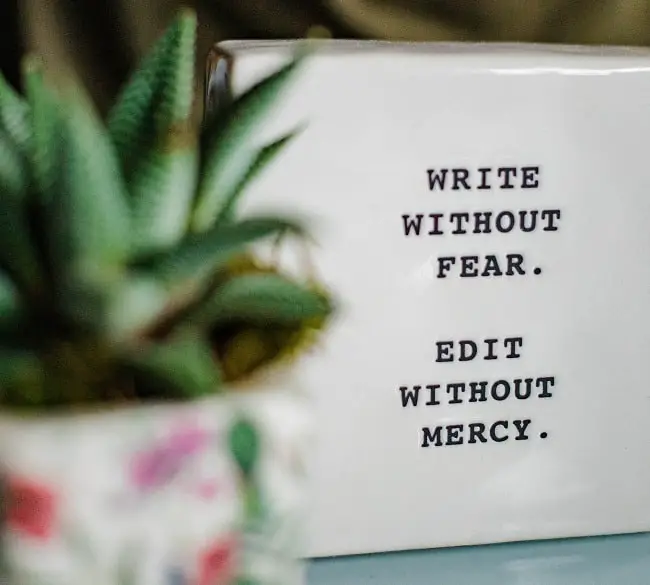
“In the midst of echoes, in the wake of triumphs, and against the shadows of horror, journalism stands tall, never silent.”
Those profound words flowed from the pen of the iconic American author, journalist, and once the helm at Time Magazine, Henry Grunwald. It hits home, doesn’t it? For those of you with ink in your veins, dreaming of diving into the world of journalism, let’s delve into the art of writing with a journalist’s flair.
Why it is worth it to pursue journalism?
Journalism is a term used to define the occupation where you need to produce and distribute reports on present events or current happenings that are fact-based and support the same with evidence or proof. The journalism industry is big, and it’s constantly growing. Did you know that the annual revenue of the US journalism industry is $24.65 billion? Journalism touches many spheres; we have news journalism, reviews journalism, column journalism, investigative journalism, digital journalism, and broadcast journalism. Journalistic writing is the style that news organizations adapt to assemble and create a story. Any news story will have an order of information where the primary points appear at the top. A journalist writer has to follow a mantra to craft any story!
Top 10 tips on how to write like a journalist:
1. Become an avid reader
Reading improves your vocab and comprehension. Read books, news articles, magazines, newspapers, pamphlets, blog posts – just about anything and everything. You should also read, listen, and observe your main source to get a full idea of what must be written about. After all, you do not want to promote fake news.

2. Adapt to the AP style
The accepted standard in journalism called Associated Press or AP Style brings before you a set of guidelines and rules for news writing based on the AP Stylebook that is updated every year. It is a manner of journalistic writing that is preferred by many leading magazines and news organizations and tells you how to use abbreviations, dates, Oxford commas, and more. If you want to know more about AP style writing, consider reading The Associated Press Stylebook.
3. Collect first-source information in writing, audio, video, etc.
To build a good story, especially in non-fiction like in journalism, you as a writer may have to visit the location where the event happened, interview witnesses and the people who were there at that moment, and use secondary research like online search engines to construct a story. Try to incorporate answers to the 5Ws (who, what, where, when, and why).
4. Find the correct angle
You need to identify the focus and theme of your story that will make it noticeable. A news story typically reveals its angle in the first paragraph. Find your angle and stay with it throughout your journalistic piece! Remember, a political piece’s angle will differ from the angle in a crime story.

5. Start with a powerful lede
The lede is nothing but the introductory or opening section of the news story that lures a reader to go through the full story. Ensure you have a strong lede to grab the attention of your readers. A shocking statistic, a gripping story, raising curiosity, asking a question, addressing an urgent problem, borrowing credibility, etc. are all great ways to hook your reader’s gaze.
6. Focus on the structure of your piece
Write a story to present its information and details, keeping a proper structure in mind. The most important information or the lede should be at the top, followed by other supporting details. This is called following the “inverted pyramid structure”.

The bulk of your story should provide the most important information first before you garnish it with small details.
7. Use quotations wisely
To include quotes is almost a mandate and is severely crucial in journalistic writing. Interview statements from the witnesses/sources who were involved in the incident or were part of the event, not only add credibility, life, voice, emotions, and opinions to your write-up but also strengthen your piece.
8. Write in simple words
This is self-explanatory. As a journalistic writer, try to use shorter sentences to deliver your story. Avoid using passive voice to write sentences, for example, use “Reporters write news reports”, instead of “News reports are written by reporters”. Be more direct and use a smaller number of words. This is almost like copywriting, where the aim is to write clearly and deliver a to-the-point and concise message.
9. Ensure your sources are verified
Your stories should be credible, and readers should not think they are fake. Collect information from several sources to portray your story better. To ensure accuracy, reporters should verify the information from the witnesses or sources. If you’re a freelance writer, do not forget to add the source links from where you took the information and try to provide the contact details of the person who you interviewed.
10. Proofread the write-up
Before an article is published, you must proofread, and fact-check every detail that you have mentioned to avoid any misses or escalations. The grammar, vocabulary, spelling, style, and formatting – everything should be top-notch.

Conclusion
Edit it as required to ensure the message is clear and concise. If required, run the article through a professional editor who can fine-tune it better. These were my tips on how to write like a journalist. Stay inspired, and do not forget to create and deliver stories with the utmost passion. Give it your best shot every time! Next up, you may want to explore a guide to managing remote teams.
Hey there, welcome to my blog! I'm a full-time entrepreneur building two companies, a digital marketer, and a content creator with 10+ years of experience. I started RafalReyzer.com to provide you with great tools and strategies you can use to become a proficient digital marketer and achieve freedom through online creativity. My site is a one-stop shop for digital marketers, and content enthusiasts who want to be independent, earn more money, and create beautiful things. Explore my journey here, and don't forget to get in touch if you need help with digital marketing.

